Description
Draksharishtam derives its name from ‘Drakhsa’ which is the Sanskrit name of black grapes or Vitis vinifera, nature’s most abundant reservoir of anti-oxidants. The health benefits of black grapes have been studied extensively. They are nature’s way of endowing healthier skin and hair, improving heart health, and protecting your body against the onslaught of ageing and disease.
Draksharishta harnesses the healing properties of grapes along with appetite stimulating and digestive herbs in a mild alcoholic base. The sweet taste makes it palatable for kids and adults alike.
Features and benefits of Draksharishtam-
- Draksharishtam is an aqueous extract of Draksha (Vitis vinifera), Twak (Cinnamomum verum), Ela (Eletteria cardamomum), Patra (Cinnamomum tamala) , Kesara (Messua ferra), Priyangu (Calicarpa macrophylla), Maricha (Piper nigrum), Krishna (Piper longum) and Vidanga (Embelia ribes) in a mild alcoholic base, sweetened with jaggery.
- Draksharishtam has an excellent anti-oxidant activity. It flushes out metabolic waste and toxins from the body. Purifies blood. Endows the user with healthy skin and hair.
- It is widely used by traditional Vaidyas in supporting and strengthening the skin tissue against inflammation and infection.
- It improves heart health and optimizes circulation of blood and lymph.
- Draksharishtam is a good remedy for lack of appetite, chronic fatigue and malnourishment. Stimulates the taste buds, improves, facilitates absorption in the gut. Improves heme levels in the blood.
- It is an effective carminative. Relieves abdominal gas and flatulence. Smoothens gut function.
- Draksharishtam prevents recurrent upper respiratory tract infections, wheezing and sore throat. Enhances immunity.
- It is deeply nourishing and rejuvenating. Beneficial in remedying lethargy and general debility.
Adult: 25-30 ml Draksharishtam twice or thrice daily after food.
Child: 10-15 ml Draksharishtam once or twice daily after food.
Ingredients-
SARKARA (Saccharum officinarum.)
It is commonly known as sugarcane. Its roots are used for therapeutic purposes. Having properties aphrodisiac (arouse sexual desires), laxative, cooling, demulcent, antiseptic, and tonic. Sugarcane juice is very useful in jaundice conditions.
DRAKSHA (Vitis vinifera.)
Commonly known as grapes, Draksha is used in both dry and wet forms. Its juice is given to children mixing with water it relieves constipation. Regular application of grapes in the form of a face pack protects skin from harmful ultraviolet radiation. It is used in the preparation of asanas and arishtas.
TWAK (Cinnamom verum)
Twak, also known as Cinnamom verum, is used for neurological disorders, cardiovascular diseases, oxidative stress, inflammatory disorders, diabetes, microbial infections, cancer and other conditions. extensively in Ayurveda.
PATRA (Cinnamomum tamala)
Patra is also called Tejpatta, and Tejpat, in English named as Indian Bay Leaf, and botanically Cinnamomum Tamala is an Indian spice as well as in Ayurvedic medicine. Additionally, it stimulates the digestive enzymes, which help to improve the digestion of food and increases the bioavailability of the nutrients during the digestion process in the intestine.
ELA (Elettaria cardomum)
Ela is commonly used as Elaichi. It has very good antibacterial and antifungal properties. It helps in reducing inflammation. Cardamom is often given the epithet ‘Queen of Spices’ as it is used to flavor food in many countries. In addition, the herb has several health benefits. The German Commission E has indicated the use of Cardamom in dyspepsia and as a cholagogue, which promotes bile discharge from the system. The herb is also helpful in treating gum and teeth infections, throat congestion and kidney disorders.
NAGAKESARA (Messua ferrea)
Ironwood Tree possesses many therapeutic benefits. It is a hemostatic that stops bleeding and is also an anti-inflammatory. The Ayurvedic Pharmacopoeia of India recommends the use of the plant in gout, hemorrhagic disorders and diseases of the urinary bladder.
MARICHA (Piper nigrum)
It is native to the Western Ghats of India. It is cultivated for its fruit, which is widely used as a spice and in traditional Indian medicine preparation. Black pepper is an appetizer and a carminative commonly used in the treatment of digestive systems-related complaints like dyspepsia, indigestion, flatulence, nausea, diarrhea and colic pain. In the respiratory system, it acts like an expectorant used in cough, cold and chest congestion. Externally used as an analgesic and in Vitiligo it stimulates the production of pigments.
PIPPALI (Piper longum)
Pippali is known as “tridoshic” herb as it suits all body types. Thus regular consumption of pippali in the suggested quantity can help you to immune your body to quite an extent. Pippali has anti-microbial, anti-inflammatory activity. Consumption of pippali is said to exhibit anti-spasmodic action and hypoglycemic effect which is believed to lower blood sugar levels. It is also reported to be the antagonist in respiratory depression. Also due to its cooling post-digestive effect consumption of pippali is considered as a safe and effective option to avoid all sorts of digestive disorders.
VIDANGA (Embilia ribes)
It is commonly known as false black pepper, has various medicinal properties and is used in various Ayurvedic formulations. Vidanga is generally used to expel worms and parasites from the stomach due to its anthelmintic properties. It is beneficial for indigestion and also helps to manage constipation due to its laxative property.


 Sign In
Sign In Cart
Cart 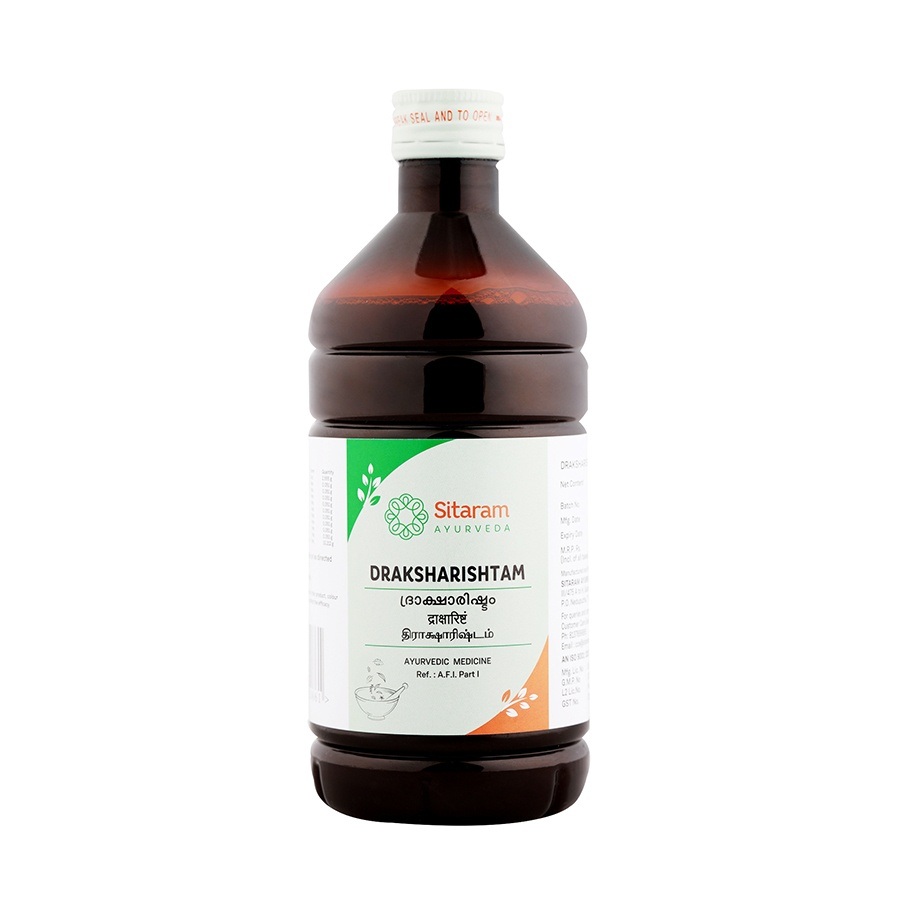
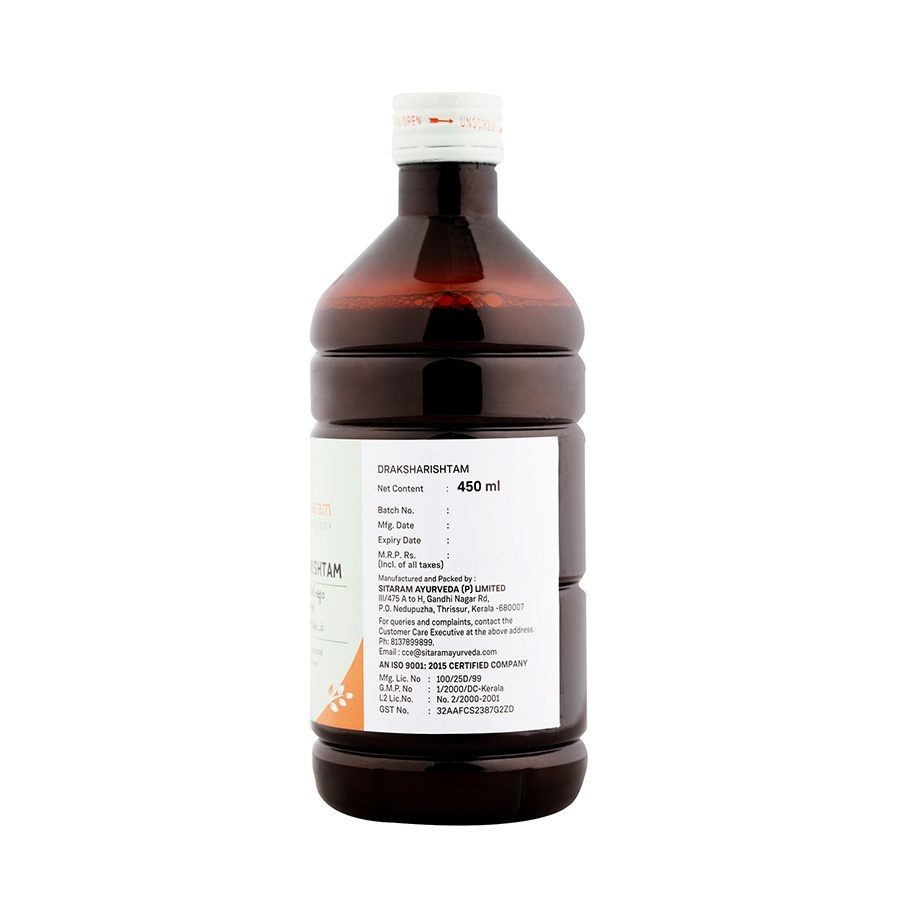
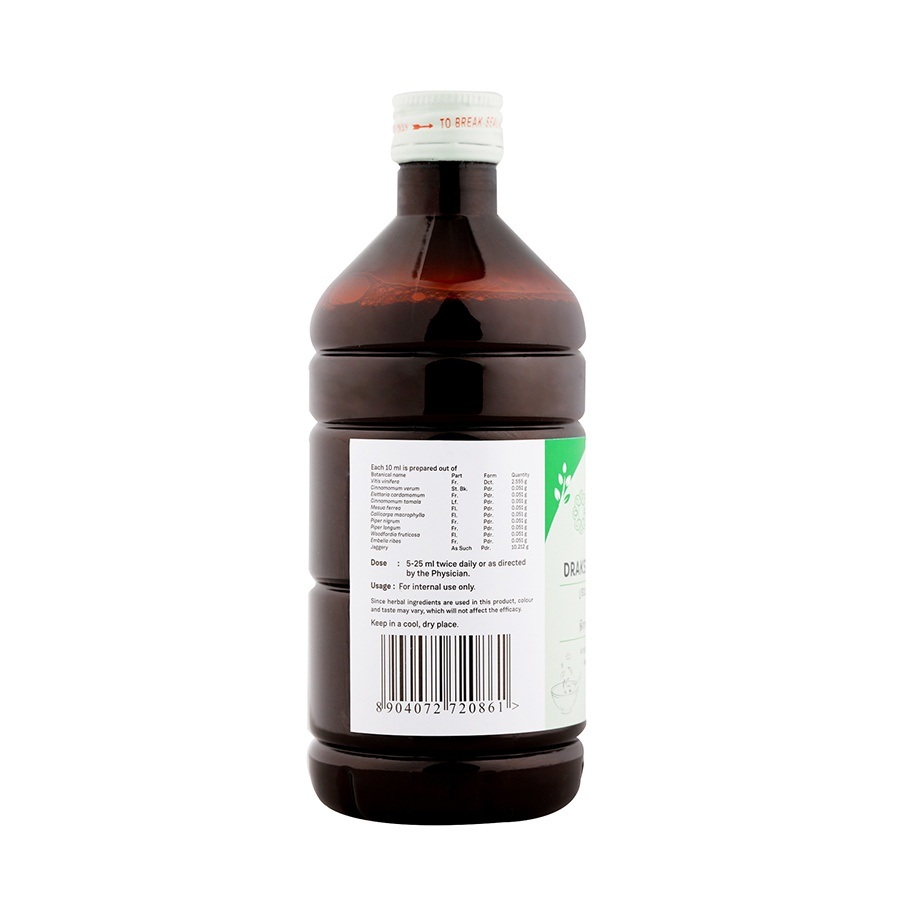
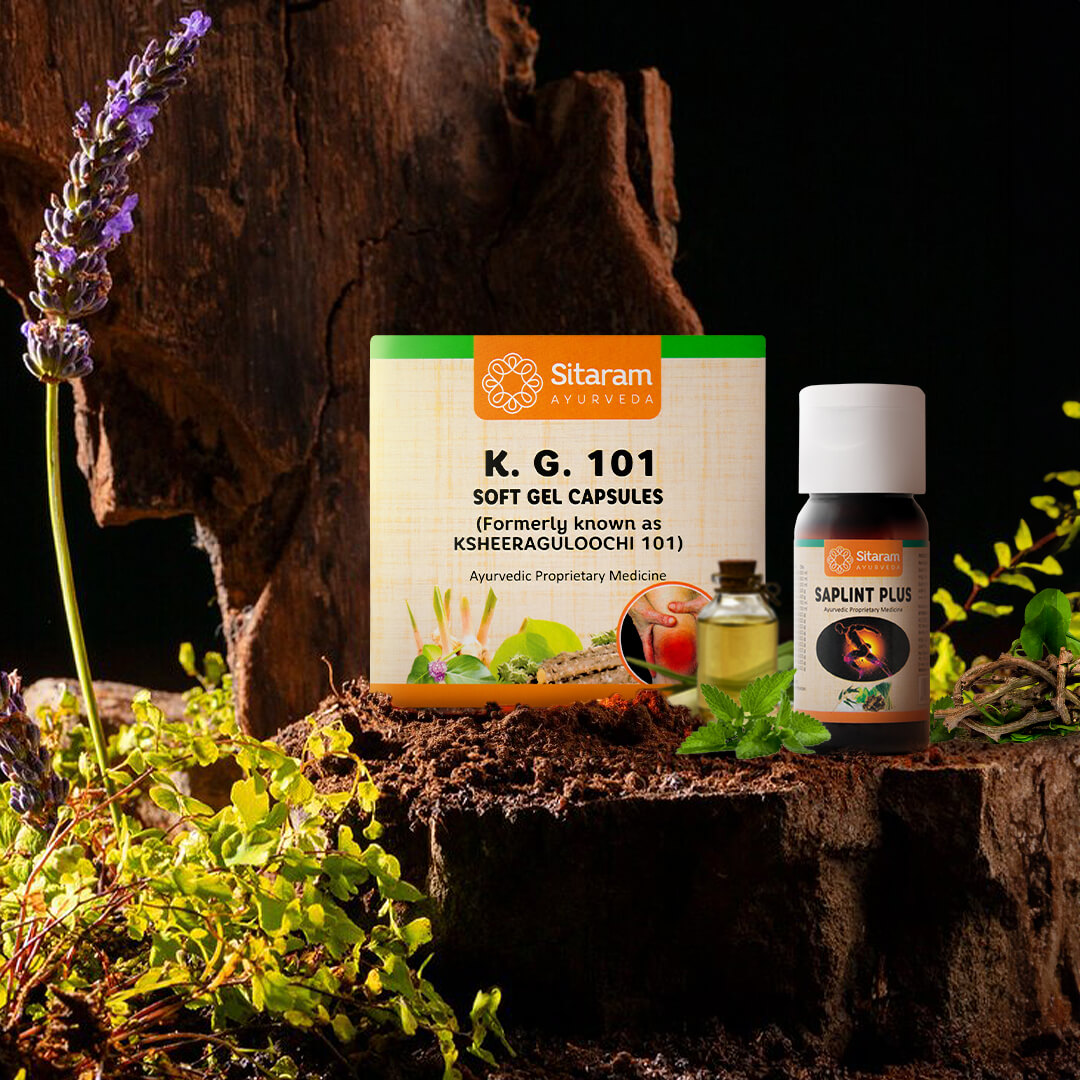
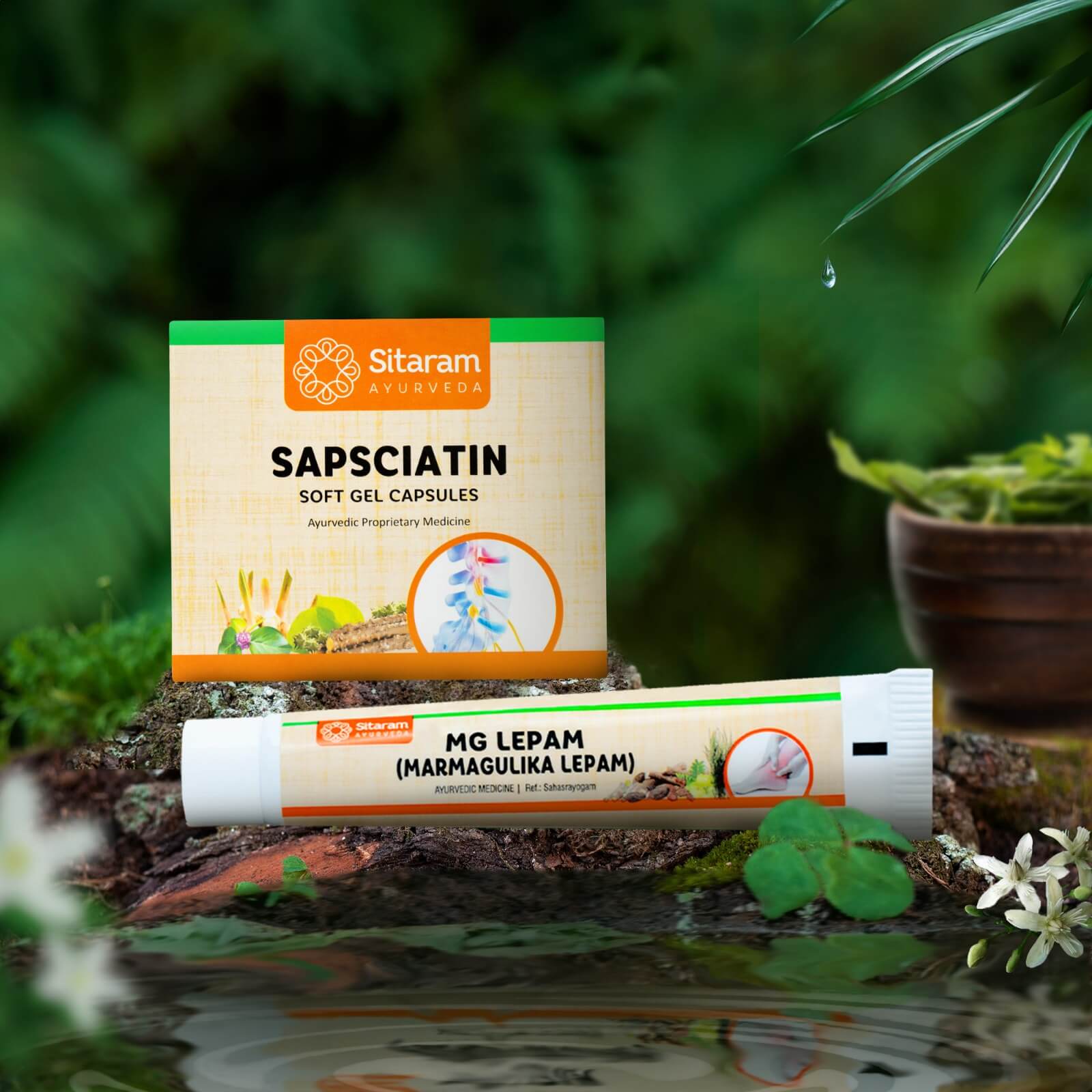
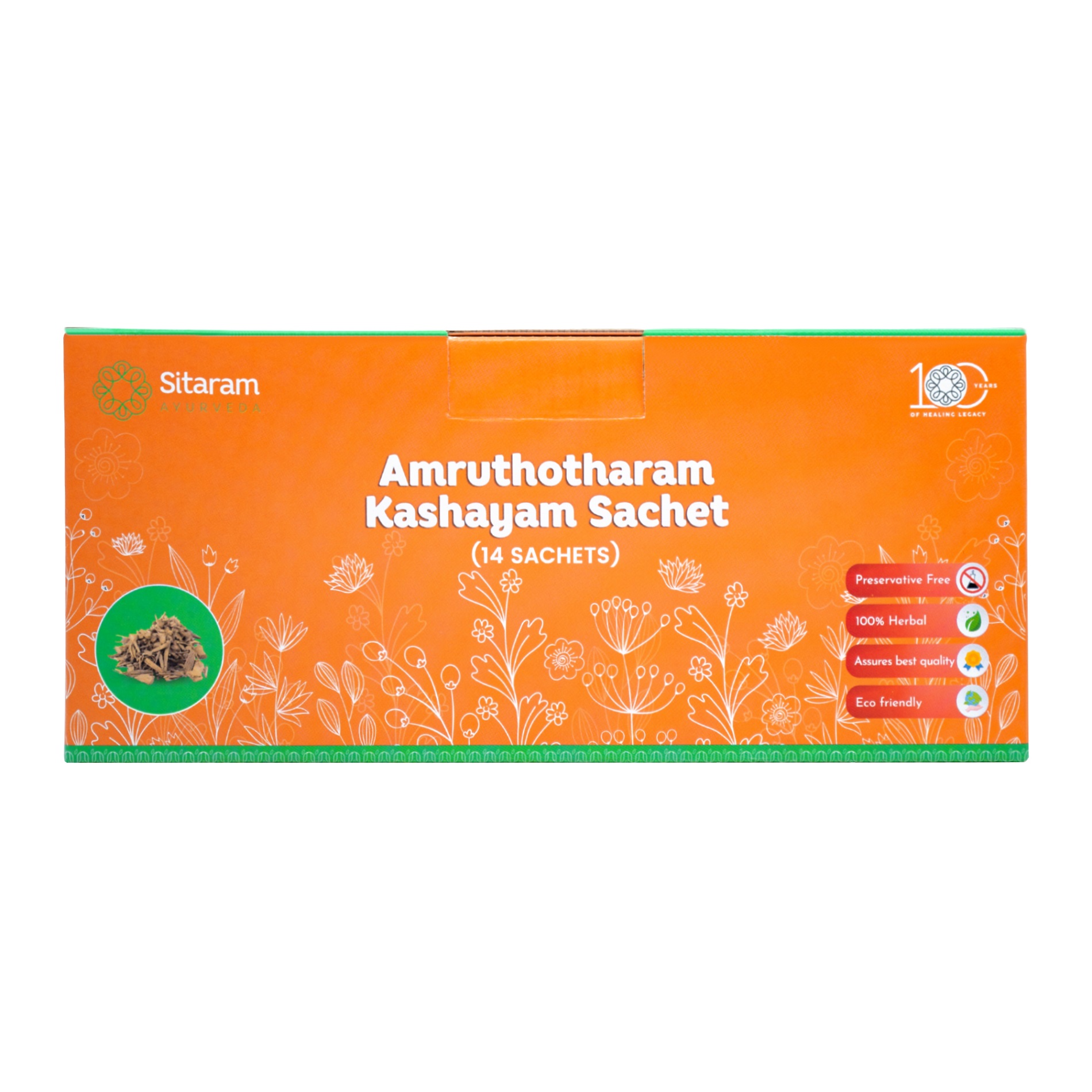
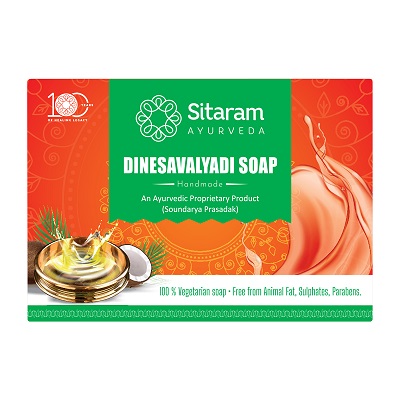
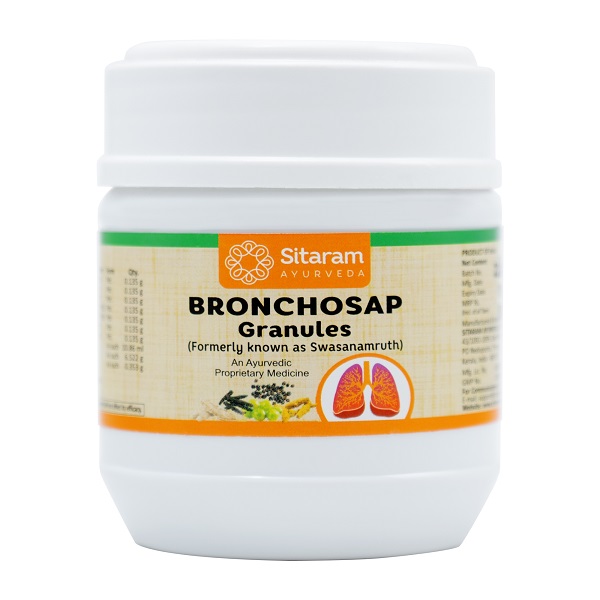
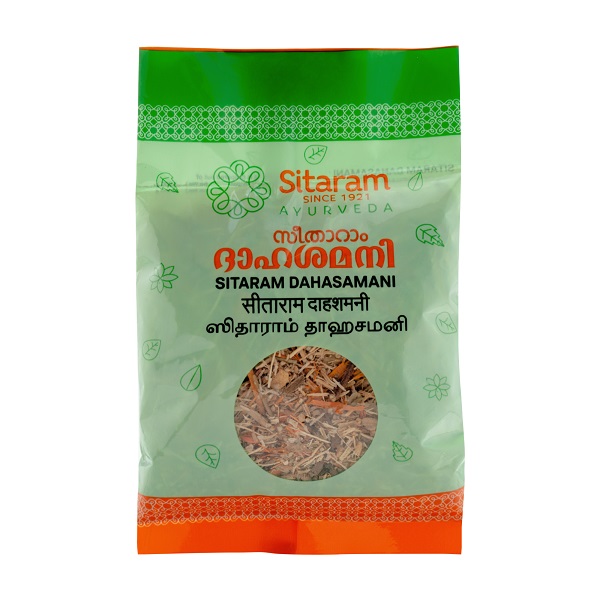
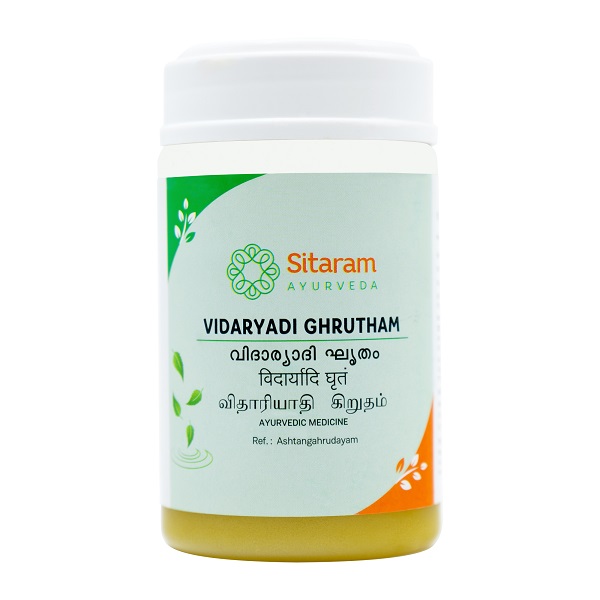
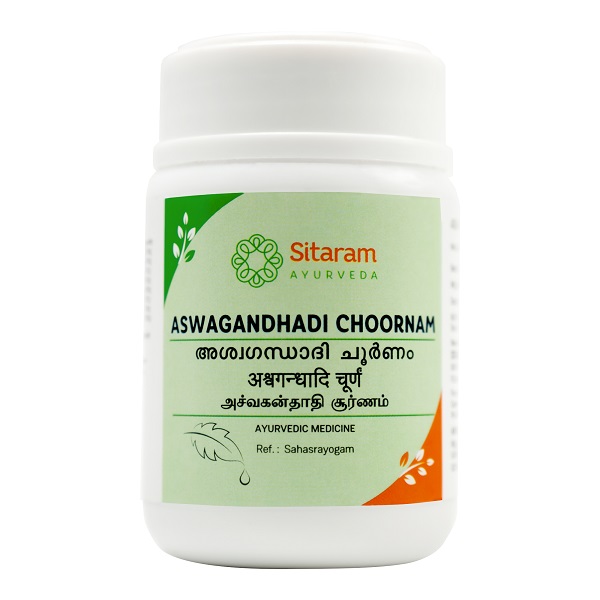
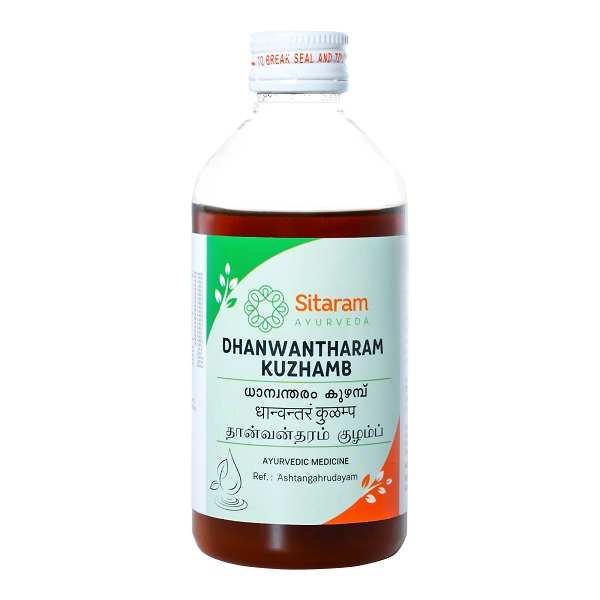
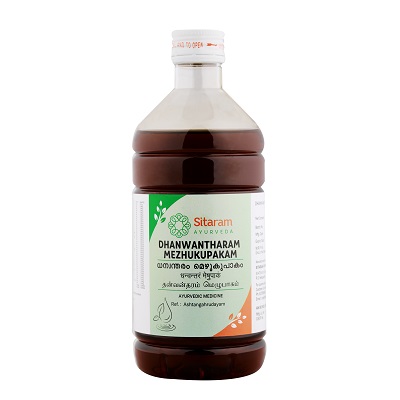
Santhosh P (verified owner) –
Anonymous (verified owner) –
Santhosh P (verified owner) –